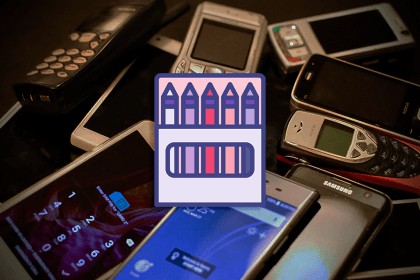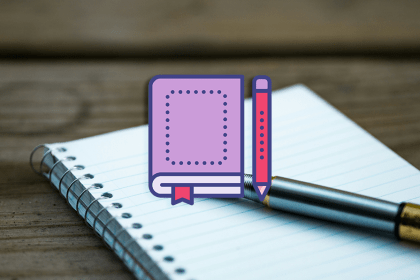
Designers and developers sometimes have hiccups during a project. These guidelines can help avoid roadblocks and improve communication.

Explore the psychology behind cognitive overload and learn UX strategies to help reduce it, with a focus on crafting user-centric solutions.

Figma Dev Mode has an easy-to-work-with UI and layout and makes collaboration with other team members far easier.

Ideally, UX designers should collaborate with customer support agents more often to improve user experience. Here’s how they can start.

Gantt charts, if applied correctly, can be a strategic asset for keeping your head above the waves of complexities in UX projects.

Interested in everything UX design? Check out these 13 UX podcasts that are sure to be a blast to listen to.

Here are some of the most noteworthy AI tools for UX writing, including their strengths, quirks, and price tags.

With ProtoPie’s compatibility with Figma, it’s easy to integrate this ultimate prototyping tool into your design workflow.

InVision has announced the sale of their design collaboration tool, along with the discontinuation of their services by the end of 2024.

From the simplicity of Apple to the open source diversity championed by Android, we unravel the UX philosophies of their design choices.

Adobe Firefly is a product that uses generative AI and machine learning to create and edit images. Here’s how to use it for UI design.

Discover what content testing is, why you should test your content, and some methods for measuring the effectiveness of your content.